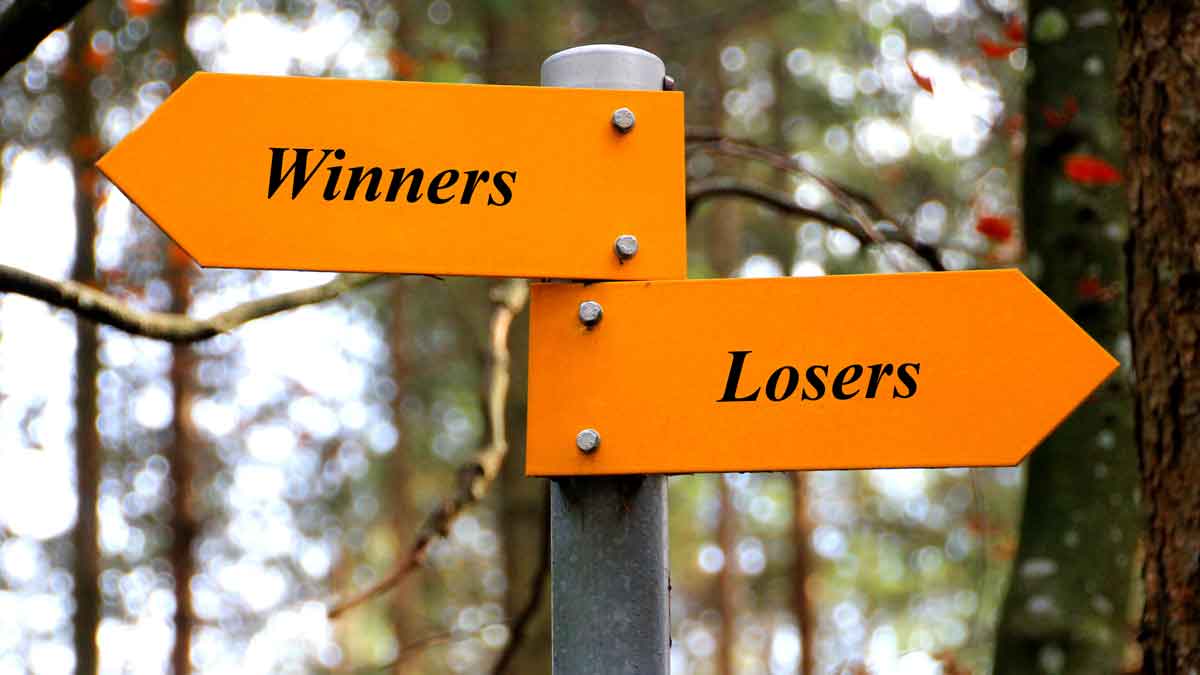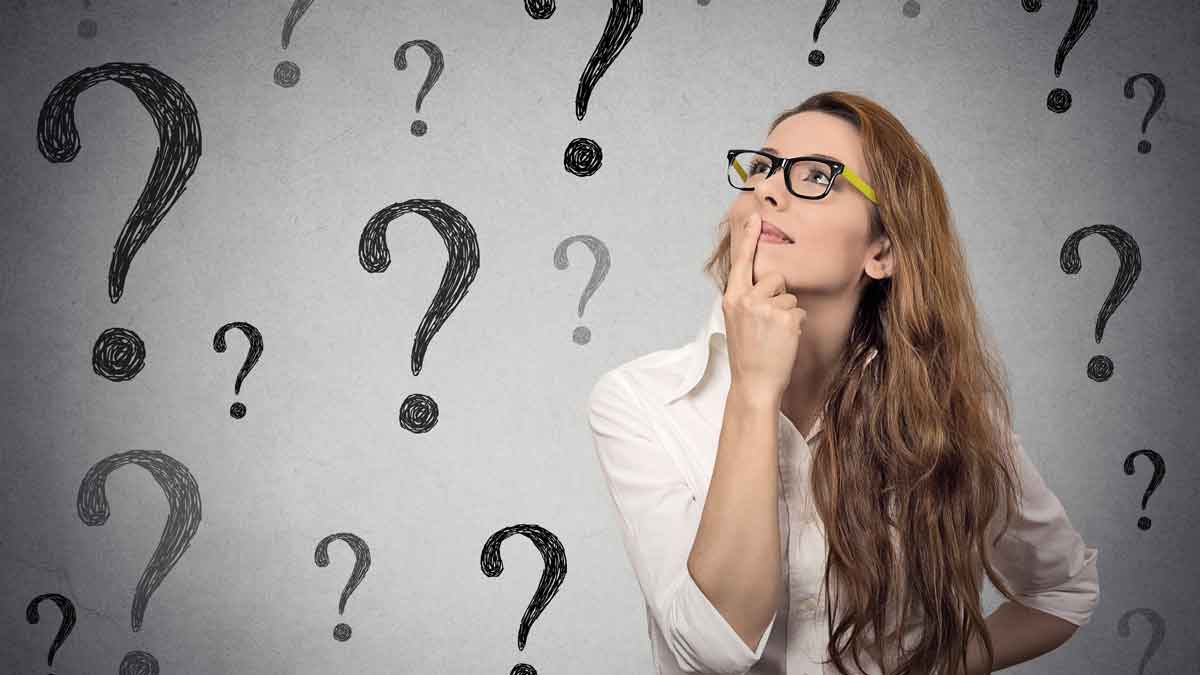Some products deliver enormous profits for decades, carrying whole businesses and careers on their sturdy shoulders. And then there are the tired, the poor, the huddled masses of wretched new products you wish were on your competitors’ teeming shores. You’ll find the blockbusters always satisfy six conditions. (See link below for details.)
More in article, Are You Maximizing Your Profits?
One is throwing more money at R&D in a Soviet-style arms race. Another is exhorting the troops to do better. An all-time favorite is asking tough project-review questions… but not training teams in the skills needed to find the answers. What if all your teams had the highest possible skills in understanding customer needs? Might this work better?
More in article, Do You Really Interview Customers?
Confirmation bias is the “tendency for people to favor information that confirms their preconceptions or hypotheses, regardless of whether the information is true.” It’s what happens when you take your lovely new-product hypotheses to customers. This systematically distorts data on customer needs… and that can’t be good for innovation, right?
More in article, Give your Hypothesis the “Silent Treatment” (Originally published in B2B Organic Growth).
Your new product development should start where it ends: with the customer. When you take your “pride and joy” hypothesis to customers and ask their opinion, two bad things can happen: 1) They tell you what they think you want to hear. 2) You hear what you want to hear. Start by uncovering their needs, not testing your pre-conceived notions.
More in article, Give your Hypothesis the “Silent Treatment (Originally published in B2B Organic Growth).
Lean Startup methodology refers to “Leap of Faith Assumptions,” and recommends testing assumptions with customers at the first opportunity. For B2B, this “first opportunity” to learn comes before a prototype is created… through VOC interviews to mine the foresight of knowledgeable customers. Don’t miss this B2B adjustment to Lean Startup.
Read more in this white paper, Lean Startup for B2B (page 6).
Avoid “technology push.” But should you just leave your technology quivering on the lab bench? Hardly. Conduct customer interviews without mentioning your technology. If customer outcomes match your technology… wonderful! Otherwise, look for different technology (for this market), or look for another market (for this technology).
More in article, Should You Develop New Products like Steve Jobs? (Originally published in B2B Organic Growth newsletter).
Companies that want differentiated products often behave the same as competitors. They can’t say, “Our R&D staff is 20% smarter than competitors’, so our products usually win.” But they could win by understanding customer needs better than competitors… letting them “aim” their R&D brainpower much better. Be different to differentiate.
More in article, Do You Really Interview Customers?
Skip qualitative divergent interviews and you’ll fail to uncover unexpected customer outcomes. You simply don’t know what you don’t know. Overlook quantitative, convergent interviews and you’ll fail to tightly focus R&D on those outcomes customers deem important and unsatisfied… the only ones worthy of a price premium.
More in white paper, Timing is Everything (page 8).
Technology development is science-facing and converts money into knowledge. Product development is market-facing and converts knowledge back into money. Both are critical, but don’t confuse them. And never do any product development until you have quantified, unbiased, unfiltered data on customer needs.
More in white paper, Timing is Everything (page 6).
In many areas of life, there’s the “old way” and the “new way.” Does your company still develop “hypotheses” internally, and then meet with customers to validate them? This can lead to confirmation bias for you and stifled yawns for your customers. In the “new way,” you start by uncovering customer needs, not by internally “ideating” your solutions.
More in article, Give your Hypothesis the “Silent Treatment” (Originally published in B2B Organic Growth newsletter).
With a high-certainty product project, you can accurately predict your financial profits. With an uncertain project, you face significant potential downside and upside profits. In B2B markets, you can understand the downside very early. You’ll kill the project cheaply if the downside cannot be eliminated. And reap big upside profits if it can.
You can methodically strip away uncertainty and de-risk your projects. This is done through a four-step process that combines Discovery-Driven Planning with New Product Blueprinting. Learn more in this white paper, Innovating in Unfamiliar Markets (page 5).
Three conditions must be met: 1) A market segment (cluster of customers with similar needs) is clearly defined. 2) The segment is worth winning in terms of size, growth, profit potential, etc. 3) The segment is winnable, i.e., it’s not defended by a well-entrenched competitor. Overlook these conditions and you’ll waste resources.
Read more in article, B2B Customer Interviews: Are They Different? (Originally published in B2B Organic Growth.) If you are using a one-size-fits-all VOC interviews for industrial goods that others use for consumer goods, you’re sub-optimizing. Collaboration, pre-selling and value capture are wonderful goals, but to reach them you’ll need new approaches.
The “Build-Measure-Learn” cycle in Lean Startup begins with a hypothesis, and is great for B2C. End-consumers can seldom tell you what will amuse them or increase their sense of self-worth. But knowledgeable B2B customer can predict their desired outcomes. So start with a “Learn” pre-step. Customers will tell you all you need if you know how to ask.
More in white paper, Lean Startup for B2B (page 3).
Consider three product development stages: front-end, development and launch. Most projects reach commercial certainty in the launch phase, as sales are monitored. But you can move this certainty to the front-end. Nearly all commercial uncertainty can be eliminated before development using the science of B2B customer insight.
More in white paper, Timing is Everything (page 6).













